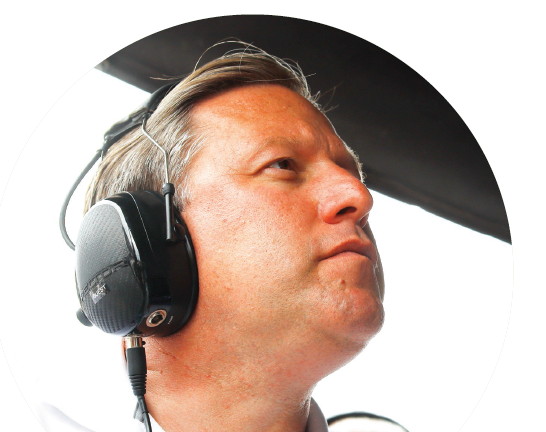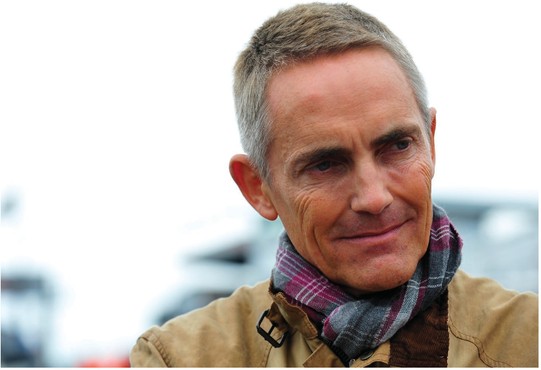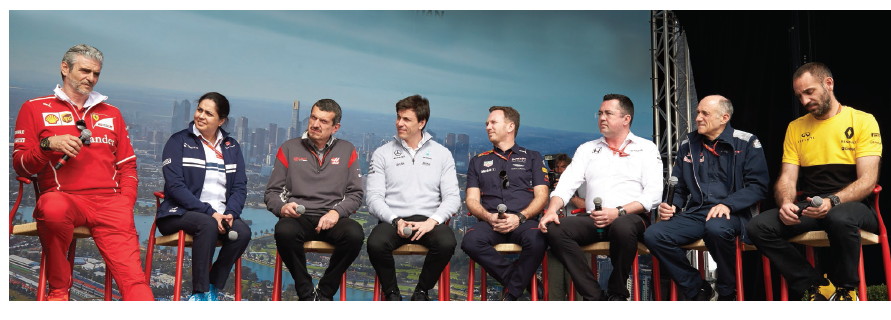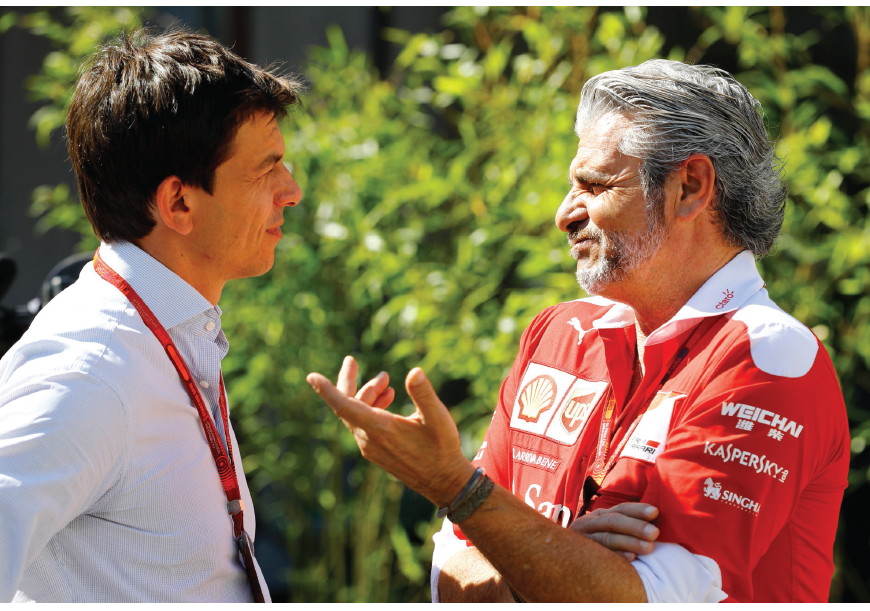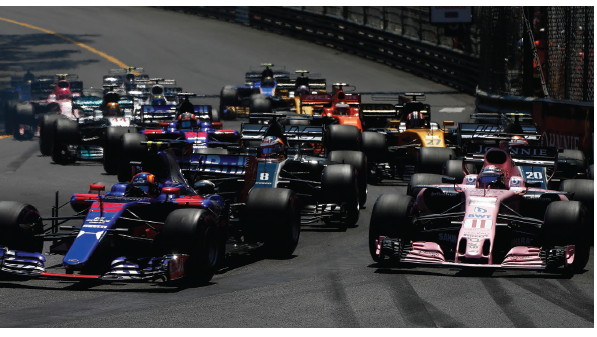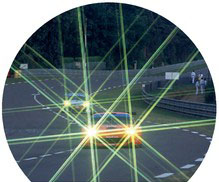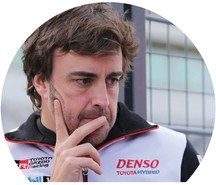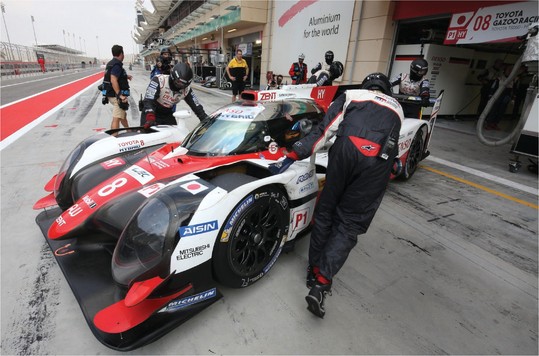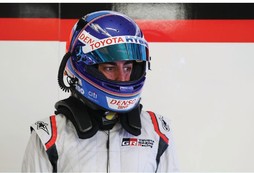Period competition cars will feature prominently at two Grand Prix weekends this summer as Masters Historic Racing further strengthens its links with contemporary Formula 1.
Against a backdrop of changing race weekend schedules and a push to enhance the appeal of modern F1 events, Masters Historic Formula 1 cars will race at the British Grand Prix and the new Masters Endurance Legends series, for Le Mans prototype and GT cars built between 1995 and 2012, will appear at the revived French Grand Prix.
In recent seasons, European Grand Prix weekends have existed on a staple support race package of GP2/F2 and sometimes uninspiring GP3 and Porsche Supercup races. However, the Silverstone and Paul Ricard race weekends will now feature race action from spectacular bygone machinery, and the quality of the new support races is likely to gain favour with race fans.
Continental European F1 races are now slated to start at 3.10pm rather than 1pm, while the French race will start at 4.10pm to avoid live a TV clash with the Football World Cup. The later starts have come on the back of audience research, both live at the track and on TV, and have opened the door to an increased support race programme.
Historic Formula 1 cars will return to the British Grand Prix weekend at Silverstone ( July 6-8), marking the 70th anniversary of the circuit, and a grid of about 30 cars from 1966 through to 1985 is expected.
Masters Historic Racing founder Ron Maydon said: “The fact that we have been asked to organise a support race at the British Grand Prix certainly reflects the quality of the show we put on at Montréal, Austin and Mexico City last year.”
However, the big surprise was the announcement that the fledging Masters Endurance Legends series, pictured below, had earned a slot at the revived French Grand Prix at Paul Ricard ( June 22-24).
The series, which caters for cars as young as six years old, will have two races at Paul Ricard as the French Grand Prix returns after a 10-year absence. The Paul Ricard circuit has not hosted the race since 1990, when it was won by Alain Prost’s Ferrari 641/2.
“I’m proud that in its first year Masters Endurance Legends will be able to showcase its spectacular variety during the French Grand Prix weekend,” said Maydon. “The Paul Ricard circuit is perfect for these cars and I’m sure we will put on a good show for the crowd.”
WHIZZO WALTZES OFF
Barrie Williams, one of Britain’s best-loved racing drivers, has retired from competition after 60 years.
Once dubbed a ‘whizz kid’ by journalist Andrew Marriott, Williams gained the nickname of ‘Whizzo’ and has thrilled race fans with his sideways style ever since. He made his first start in a Morris Minor at Rufforth, on Easter Sunday 1960.
Williams, who will be 80 in November, is stepping down from racing but will remain involved in the sport through his roles with a number of clubs and organisations.
“I’ve had a bloody good time racing,” he said. “It’s all I’ve ever really done and I’ve got huge memories. But I’ve got to be sensible. I still want to put something back into the sport that has given me so much.”
Williams was renowned for his success in saloon and sports cars and only briefly dabbled with single-seaters in the mid-1960s. The death of Jim Clark in 1968 persuaded him to focus on sports and saloon cars and he raced a works Colt in the BSCC and won a series of one-make titles. In his earlier years he rallied extensively and won the 1964 Welsh Rally in his Mini Cooper – his first experience of forest rallying.
In 1986 Barrie made his debut in historic racing and over the last 25 years competed extensively in historics. He raced ERAs, Jaguar C-types, BRMs and much more and was a regular Goodwood Revival winner. His exuberant style, both on and off the track, won him many friends and he’s always had time for everyone, no matter what their position in the sport.
But now he has decided to call time. “I raced every year for nearly 60 years and it was a way of life,” he said, “but now it’s time to stop.”
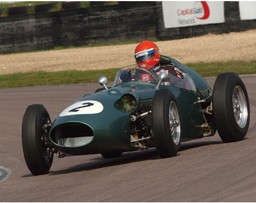
LAT
ULSTER REUNION
Walter Röhrl, one of the most respected rally drivers of a generation, will celebrate a landmark performance in Irish rallying when he stars at the Titanic Déjà Vu Ulster Rally reunion on Saturday September 1.
The German star will return to the scene of his dominant win on the 1984 Ulster Rally for Déjà Vu Motorsport’s latest rally celebration, organised to raise charity funds.
Thirty-four years ago Röhrl and Christian Geistdörfer entered the Ulster Rally in their Group B Audi Quattro S4 and decimated the best of the domestic two-wheel-drive opposition, headed by the Opel Mantas of Russell Brookes and Jimmy McRae.
The Ulster event will be based in Belfast’s Titanic Quarter and will include a noncompetitive 150-mile run over classic Circuit of Ireland and Ulster Rally terrain.
Röhrl will head a cavalcade of historic rally cars over famous Antrim stages like Glen Dunn and the spectacular Torr Head coast road. He will be then joined by other rally stars at a gala dinner in Titanic Belfast on Saturday.
“I’m delighted that he has accepted an invitation to headline our event,” said Dr Beatty Crawford from Déjà Vu Motorsport. To date, the Déjà Vu programme has raised £70,000 for charity.
DHF’S FRESH LOOK
The 2018 Donington Historic Festival will feature 14 grids and up to 19 races over three days, taking in some of the UK’s leading historic categories. Races for the May 4-6 event range from the Mad Jack Trophy for Pre-War Sports Cars to the opening races of the season for the Super Touring Trophy. Racing will run throughout Saturday and Sunday after qualifying on Friday.
The 1000Kms race for Group 4 sports cars, which has run in the prime early Saturday evening slot in recent years, is not on the 2018 schedule and a new race will take centre stage as the sun sets on the second day of the festival.
For the first time the HSCC’s Derek Bell Trophy will feature and will bring out a grid of mainly Formula 5000 and Formula 2 single-seaters of the 1970s. The DBT pack will appear twice, with 25-minute races on Saturday and Sunday.
LE MANS CLASSIC
A star-studded entry has been revealed for the 2018 edition of the Le Mans Classic ( July 6-8), including Derek Bell and five other former Le Mans 24 Hours winners.
The Classic features six 50-car grids, which all race several times during a 24-hour period. In addition a Group C race, for the cars of the 1980s and early 1990s, will run as a curtain-raiser on Saturday morning.
Five-time winner Bell will be joined by three-time winners Klaus Ludwig, Henri Pescarolo and Marco Werner for the event, which features cars that contested the Le Mans 24 Hours between 1923 and 1981. Stéphane Ortelli and Jochen Mass will complete the gathering of former 24-hour winners at the biennial celebration.
Bell is provisionally scheduled to race a Porsche 917LH, in a rare racing appearance for the 917 long-tail evolution developed for the 1971 race. Now 76 years old, Bell will race at Le Mans more than 30 years after his final Porsche 962 victory in the 24 Hours and 48 years on from his debut in the race alongside Ronnie Peterson in a works Ferrari 512S. Bell contested the 24 Hours race 26 times in 27 years from 1970 to 1996.
Porsche is using the event to celebrate 70 years of the marque with a special Porscheonly race on Saturday afternoon, ahead of the main event. The promoters are targeting a grid of 70 cars spanning the early 356s to the 2.8 RSR from 1973, along with the short-wheelbase 911s from the new 2.0L Cup race series.
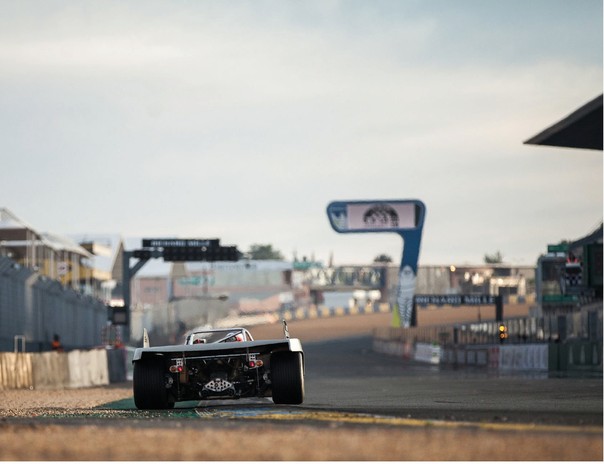
MATHIEU BONNEVIE
F5000 TO STAR AT MM
One of the biggest gatherings of Formula 5000s ever seen in the UK will feature at the 76th Members’ Meeting at Goodwood (March 17/18). As many as 30 of the thundering 5-litre monsters will take to the track for high-speed demonstration sessions to mark the 50th year of the category, which started in North America as Formula A.
Most F5000s have never run at Goodwood and cars are being shipped from the other side of the world to join the celebrations. From the UK will be the ex-Peter Gethin McLaren M10B and several cars from Frank Lyons, including a stunning Gurney Eagle FA74.
Meanwhile, two rare Begg Formula 5000s will be there as Scott and Lindsay O’Donnell are coming from Christchurch, New Zealand, with two of the seven cars built between 1968 and 1974.
“For me it completes a mission of restoring and racing this car over the last 15 years to celebrate the ‘Kiwi ingenuity’ of characters like George Begg,” said Lindsay.
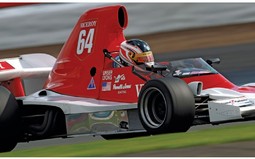
LAT
